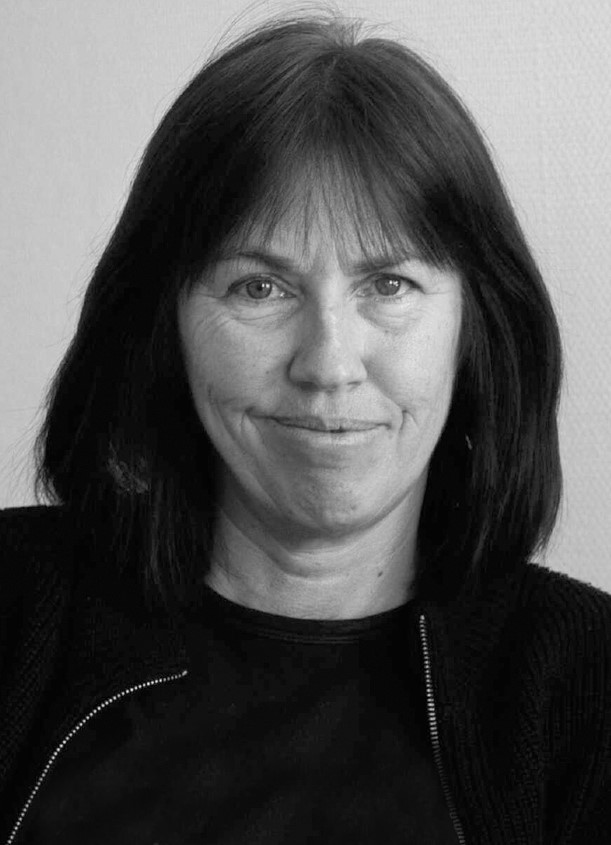
Monday morning the climate summit started with scores of state leaders arriving in their black cars, delegates and press mostly in electric shuttle buses. But Espace Générations Climat – the forum for all the non-accredited NGOs and activists, remained closed. They were not allowed to open until Tuesday, evidently for security reasons. The only demonstrators the delegates would see as they entered the accredited grounds of COP21 on Monday morning were seven angels with posters promoting climate justice and scorning fossil energy. The angels are Australian, and have travelled widely with their message already. Who would arrest angels, as an Australia professor from Melbourne commented. After noticing how they navigated through police blocks at Place de la République on Sunday, when the going got tough, we were convinced. Climate justice, yes, where to draw the line? Before this conference, what was taken for granted was that the conference was going to be about the two degree target, the aim that everyone spoke about, where the world, in a best case scenario, was heading. So far the pledges entail almost three degrees. And then again, pledges and practices are not identical entities.
Island states – upgraded?
But a growing coalition of indigenous people, island state representatives and large parts of civil society insisting on one and a half degree, maximum, seemed to be heard. During the opening of COP21 both Francois Hollande and Angela Merkel emphasized the island state vulnerability. Utopian as it may seem, the lower one and a half degree target was mentioned by some western leaders, and Hollande said he wanted to lend his voice to the island states. President Obama is supposed to meet the island leaders today, Tuesday.
Another rhetorical feature is the way in which some leaders promote special ‘cases’ of the vulnerable. French minister of Foreign Affairs Laurent Fabius, who chairs the COP21, told of an elderly woman he had met in Bangladesh. Due to climate change she had shifted home nine times, and she asked him if the COP would change this. We do not think he had an answer ready at hand. President Obama emphasized his own experiences from drastic changes in Alaska, and also mentioned a young Indonesian lady in Malaysia who had challenged him to take action. The president of Honduras mentioned Maria, who, like 70 percent of his population, cooked over open fire, but was helped to cook more environment-friendly. But do these narratives bring the global leaders closer to the realities on the ground?
The state leaders, due to time constraints, held their introductory speeches in parallel sessions. In the press room, reporters are kept busy and risk fragmented experiences. President Obama and the Norwegian Prime minister Erna Solberg spoke simultaneously. So did Vladimir Putin and Brazilian Dilma Roussef. And so on. While these enter your ears, press releases keep pouring into your email box, while some printed versions still land on your desk. Every journalist has to make hard choices.
Growth? Can we really believe that global leaders have grasped the situation now? Competing diagnoses still exist in this forum. The president of Paraguay, Horacio Cartes, warned against unlimited growth and suggested an international court mechanism treating crimes against the environment. Evo Morales from Bolivia reiterated that capitalism has steered Mother Earth towards the abyss. On the other hand, many western leaders, not least Obama, are increasingly enthusiastic about ‘green growth’ and the ability this has to save the system as well as the planet. A row of initiatives were launched to convince the conference that we are heading in the right direction, pledging funding for positive development as well as a quota system and new market mechanisms.
But few of these initiators bothered to visit the Climate Vulnerability Forum, assembled towards the end of the day. More than thirty leaders from the most vulnerable nations were there to defend the one and a half degree target. The strongest appeal came from young José Sixto Gonzales from the Philippines who told that his archipelago experiences 22 typhoons a year. While he admitted he would rather be at home, he said he represented his new-born daughter – and all other children. – For me the one and a half degree target is at the core of these negotiations. All my countrymen who have survived typhoon Hayan, are in a sense experts on climate change and deserve to be listened to. He had been active on social media and had gathered mountains of response. – Please listen to all these voices. Tell us that it is about now! The forum applauded. And the UN climate leader Christina Figueres offered her advice to the forum and asked them to let their voices be even more heard and exploit the positive rhetoric of the western leaders to the full.
Yes, exactly. In the days to come we’ll know.